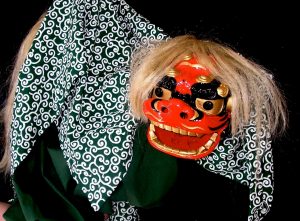Worlds Oldest Hereditary Monarchy
Japan has the oldest hereditary monarchy in the world. The first emperor of Japan was Jimmu, who ascended to the thrown in 660 BC. According to Japanese mythology, he is a descendant of the sun goddess Amaterasu as well as a descendant of the storm god Susanoo. He launched a military expedition from Hyuga near the Seto Inland Sea, captured Yamato, and established this as his center of power. In modern Japan, Jimmu’s accession is marked as National Foundation Day on February 11.
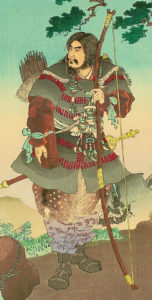
Jenglish is Everwhere
Jenglish (or Engrish) is poorly written English and can be found almost everywhere. You can find it on just about anything, including business logos, t-shirts, product promotions, and commercials. The reason for this is that Japanese and English are very different languages. Because of this words don’t always smoothly translate from one language to the other. I remember when I was in Japan and I was looking at the signs on shops. A sign in front of the barber shop said “We cut off heads”. I decided I wouldn’t be going to that barber. Of course the intent was to say “we cut hair from your head”.

Coffee is king in Japan
Although you might think that tea, or green tea, is what the Japanese people have a taste for, in reality coffee is very popular. Coffee is relatively new to Japan compared to other places in the world, but they have made up for it with enthusiasm. The evidence is pretty clear in that there are coffee shops all over the place, and they are a mix of chain (yes even Starbucks) and mom and pop shops. On another note, Coffee is so popular in Japan that it imports approximately 85% of Jamaica’s annual coffee production.
Ramen noodles were invented in Japan
Momofuku Ando invented Chicken Ramen in 1958. the first Ramen were for luxury dining, and cost significantly more than the cheep bricks we can purchase at the supermarket today. It has been calculated that if a person ate a brick of Ramen for every meal for a year, it would cost them about 140 dollars. That is a bargain, but as you can imagine it isn’t that healthy. All of that said, ramen are a very popular food in Japan and it is widely believed extensive training is required to make a delicious soup broth. This is the subject of the movies Tampopo (1985) and The Ramen Girl (2008). One final note, Ramen noodles are the first noodles eaten in space by Japanese astronaut Soichi Noguchi aboard the space shuttle Discovery.

Japanese astronaut Soichi Noguchi
Slurp those Noodles
In Japan noodles are a favorite food for both Japanese and tourists. This is because a meal made up of noodles is delicious, quick, and inexpensive. There are a few kinds of noodles, Ramen, Soba, and Udon are the most popular. Notably, the proper etiquette for eating noodles is to slurp them loudly when eating them. It has been said slurping indicates the food is delicious. The slurping also serves to cool down the hot noodles for eating.
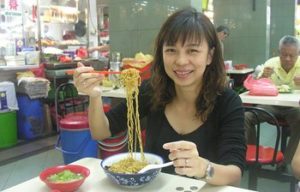
Rice Cookers
Rice is a staple in the Japanese diet, and it is not uncommon to eat it at every meal. Because of this, there are more rice cookers in Japanese households than their are ovens. Traditionally, cooking rice required constant attention in order to get the rice just right. Since the invention of the electric rice cooker, the constant care has been reduced significantly through the use of mechanically or electronically controlling heat and timing. Once rice and water are measured put in the cooker, the rice will be cooked with no further attention. On another note, a rice cooker does not speed up the cooking process, it just simplifies it.
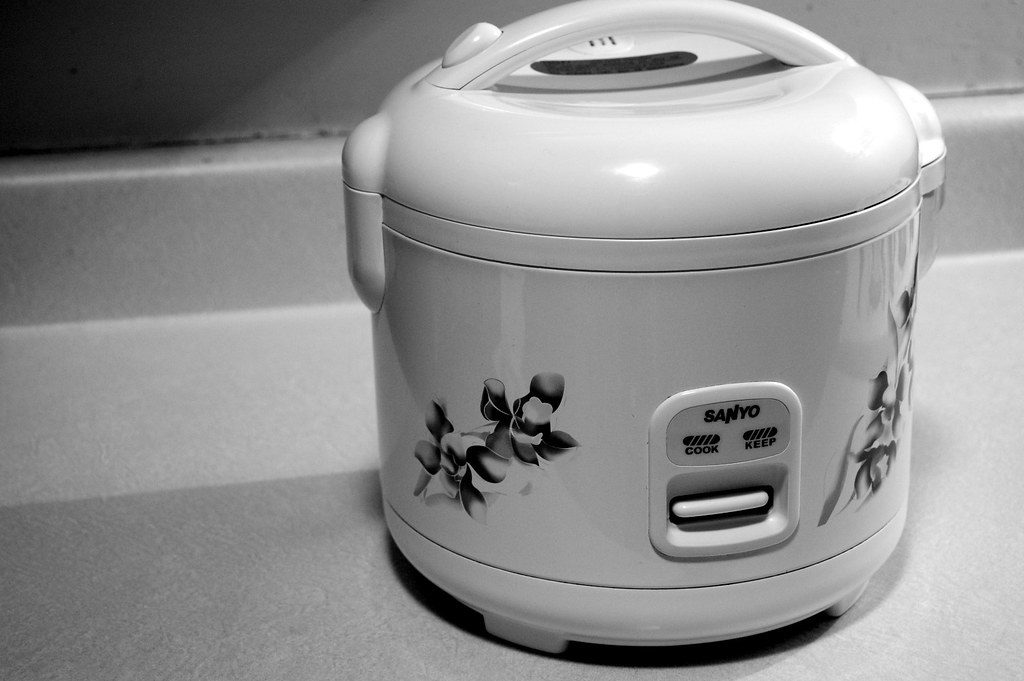
Train Pushers
Sometimes the trains are so crowded, particularly in Tokyo, that pushers (oshiya), are employed to cram passengers onto the train. The job of the pusher is to ensure every passenger has boarded and is not caught in the doors. Pushers first appeared in at Shinjuku Station (a well-traveled station in Tokyo) and were initially called “passenger arrangement staff.” They are easy to identify by their white gloves and the fact that they are literally pushing people onto the trains.

Christmas in Japan
In Japan, Christmas in known as more of a time to spread happiness rather than a religious celebration. The normal trappings of Christmas are popular, Christmas trees, colorful lights, Santa Claus, and gifts. Interestingly, Christmas Eve is celebrated as a romantic day like Valentine’s Day. On Christmas Eve young couples like to go for walks to look at the Christmas lights and have a romantic meal in a restaurant – booking a table on Christmas Eve can be very difficult as it’s so popular! Many families order Kentucky Fried Chicken as part of the celebration.

A Rugged Landscape
Although most people who visit Japan hang out in cities like Tokyo or Kyoto, most of Japan, more than 70%, consists of mountains. In fact, there are more than 18,000 mountains in Japan, and more than 200 volcanoes (mostly inactive). Perhaps the most well known, and well photographed of all of them is Mt. Fuji, the tallest mountain in Japan and an active volcano. Japanese people love their mountains and get around them on long beautiful hiking trails.
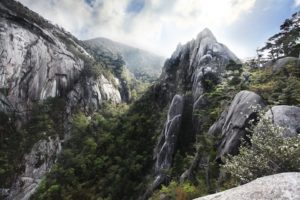
Earthquakes and Tsunami
The Japanese archipelago is located on what is often called, the “Pacific Rim of Fire”. This is an area where several continental and oceanic plates meet. As a result, there are frequent earthquakes, nearly 1500 a year. Also, there are many volcanoes and hot springs. Another issue is that if an earthquake occurs below or close to the ocean, it can trigger a tsunami wave that can be very destructive. The largest recorded earthquake in Japan occured on March 11, 2011, and generated a massive tsunami that killed nearly 20,000 people.

Religion does not play a big role in the lives of most Japanese other than in a ceremonial context.
Writing Systems
If you think that it is difficult to learn a new language imagine if you had to learn three different writing systems and use them simultaneously in a single sentence. Japanese writing consists of Kanji, which is borrowed from traditional Chinese writing systems. Hiragana, which is a phonetic writing system for domestic words. And Katakana, which is used for foreign loan words or onomatopoeia. Despite the complexities of the Japanese writing system, Japan’s literacy rate is almost 100%.
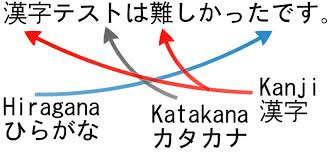
Sumo Wrestling
Sumo is a form of competitive full-contact wrestling, sometimes referred to as a martial art, where a wrestler attempts to force his opponent out of a circular ring or into touching the ground with any body part other than the soles of his feet. This is done by throwing, shoving or pushing your opponent down. It has been practiced for hundreds of years and is rife with tradition and ceremony. Even though Sumo is the official sport of Japan, baseball is far more popular.

Super Toilets
Japan is pretty famous for its high tech toilets. They will do all kinds of things, like play music, make running water noises, and even keep your seat warm on a cold day. But the thing that most westerners will find challenging is the built-in bidet system for spraying your backside. These are known as washlets and are now the norm in homes and nicer restrooms throughout Japan. However, that doesn’t mean they are universal. in some train stations and other public restrooms you may still find the traditional Japanese “floor toilet”.
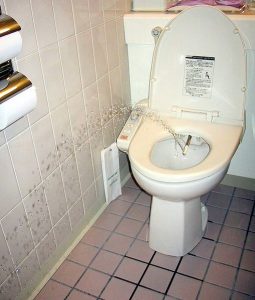
Vending Machines
In Japan there is one vending machine for every 23 people. That is the highest density of vending machines in the world. And they don’t just sell soda, candy, and chips. In fact, you can purchase beer, hot and cold canned coffee, cigarettes, umbrellas, surgical masks, fresh fruit, hot ramen, and cold sushi. If you are worried about how you would pay, no problem. These machines take coins, bills, IC cards (like a credit card for the railroads), and of course credit cards.

The First Novel
The first novel, The Tale of Genji, was written in 1007 by a Japanese noblewoman, Murasaki Shikibu. The novel follows the life of Hikaru Genji, the son of an ancient Japanese emperor, and a low-ranking concubine. For political reasons, the emperor removes Genji from the line of succession, demoting him to a commoner. The tale concentrates on Genji’s romantic life and describes the customs of the aristocratic society of the time.

Life Expectancy
According the World Bank, the average life expectancy in Japan is one of the highest in the world at 84 years. Japanese people live an average of 4 years longer than Americans. Much of this can be attributed to a heart healthy diet of seafood, as well as a very accessible medical system.
Automobile Production
Japan is one of the largest automobile producer in the world. Japanese cars became prominent around the world during the 1970s when small fuel sipping cars became a necessity during the arab oil embargo. Additionally, Japan lead the way when it came to innovation as their factories used new robotic technology to build their cars. Manufacturers also focused on improvements to the automobile and experimented with new engine types (rotary engines, hybrid electric) and many more.

Karaoke
Karaoke, which means “empty orchestra”, is very popular in Japan. It is an activity that involves an amateur singer who sings along with recorded music using a microphone. The music is typically an instrumental version of a current or historically popular song, and the lyrics are usually displayed on a video screen. To make it even easier, there is typically a moving symbol or changing colour to guide the singer with respect to the timing of the words. Notably, the Karaoke machine was developed in Japan in 1967 and while it was slow to catch on, it eventually captured the hearts and the culture of the Japanese people.
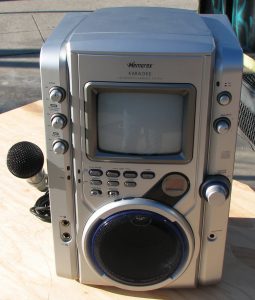
Genkan
Genkan are the spaces just inside the entrance into a home. They are usually six inches below the main level in a home and they are the place you take your shoes off before entering. It is also typical that when you step from the Genkan onto the main floor, that you slip on a pair of slippers that are provided by the homeowner. On a side note, when you enter a restroom, there are often designated restroom slippers that you will slip on in order to not contaminate the rest of the home when you leave the restroom.

Geisha
Geisha are highly trained Japanese women who entertain through performing the ancient traditions of art, dance and singing. They are distinctively characterized by their wearing of kimono and oshiroi makeup. Training to become a Geisha can start at age 15, at which point the girl becomes a Maiko (think Geisha in training) and may last for five or six years before they will become fully Geisha.

Radio Taiso
Millions of Japanese all over Japan start their day with Radio Taiso, or Radio Calisthenics. The first radio taiso broadcast, in 1928, was done to mark the start of the Showa era. It was inspired by American radio broadcasts which led listeners in physical exercises. Initially, the broadcasts only covered the Tokyo area. But one year later the broadcasts covered the entire country. Most children learn radio at school and when they grow up they continue to participate in the many public parks around the country.

The Olympics
Japan has been an enthusiastic participant in the Olympic Games since the Fifth Olympiad, which was held in Stockholm, in 1912. Japan has hosted the Olympics three times. First, the 1964 Summer Olympics (Tokyo) where judo was introduced; Second, the 1972 Winter Olympics (Sapporo); and finally, the 1998 Nagano Winter Olympics. In 2020, the Games of the XXXII Olympiad will be held in Tokyo.
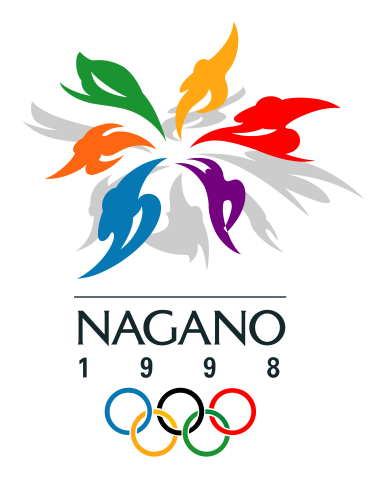
Martial Arts
The historical origin of Japanese martial arts can be found in the warrior traditions of the samurai. Originally, samurai were expected to be proficient in many weapons, as well as unarmed combat, and attain the highest possible mastery of combat skills. Over the years, many other forms of martial arts have been developed, including jujitsu, sumo, judo, kendo, akedo, and karate.

Bowing
In Japan, bowing is an important part of social etiquette. Bowing has many functions including emphasizing respect and reinforcing social ranks. From everyday greetings, business meetings, or funerals. It is so important that the ability to bow correctly is considered very important. So much so that, even though most Japanese people start bowing at a very young age, many companies in Japan will offer training to their employees on how to bow properly.

The Number 4
Every culture has it’s superstitions. In Japan, there are many superstitions, one of them is to avoid the number four, pronounced “shi”. Why? Because it sounds the same as the word for death. As a result, tall buildings may not have a fourth floor. Dishes are sold in five place settings. And three or five is the desirable number of guests in a traditional Japanese tea ceremony.

Ohaguro, Blackened Teeth
In Japan it was common up until the late 1800’s, the end of the Meiji era, for women to blacken their teeth, because white teeth were considered ugly.

Sakoku Edict
Japan’s connections with the outside world haven’t always been friendly. In fact, there was a period between 1635-1852 where Japan was closed to the world due to a law known as the Sakoku Edict. This law restricted trade, banned foreign travel by Japanese, banned Christianity and made Japan off limits to most foreigners. The edict was only withdrawn when the United States opened Japan it through military force.
Nishiki-e or Color Woodblock Printing
Nishiki-e “brocade picture” is a type of Japanese multi-coloured woodblock printing technique that was invented in the 1765. A nishiki-e print is created by carving a separate woodblock for every color, and printing them one color at a time. In this way they are able to create a single complete image.

Noh Drama
Japanese Noh drama has been performed since the 14th century and is the oldest continuously performed theatrical form worldwide. Noh dramas are steeped in tradition so much so that there are few if any new dramas under development. You can identify a Noh drama easily from they stylized masks and costumes.
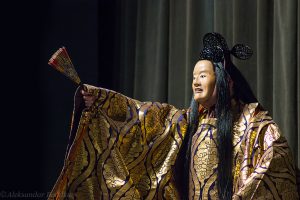
Bunraku Puppetry
Bunraku, also known as “ningyo joruri”, is probably the most developed form of puppetry in the world. The art form involves half-life-size dolls that act out a scene as a dramatic narrative is chanted and accompanied a small samisen (three-stringed Japanese lute). The term Bunraku derives from the name of a troupe organized by puppet master Uemura Bunrakuken in the early 19th century in Osaka.
